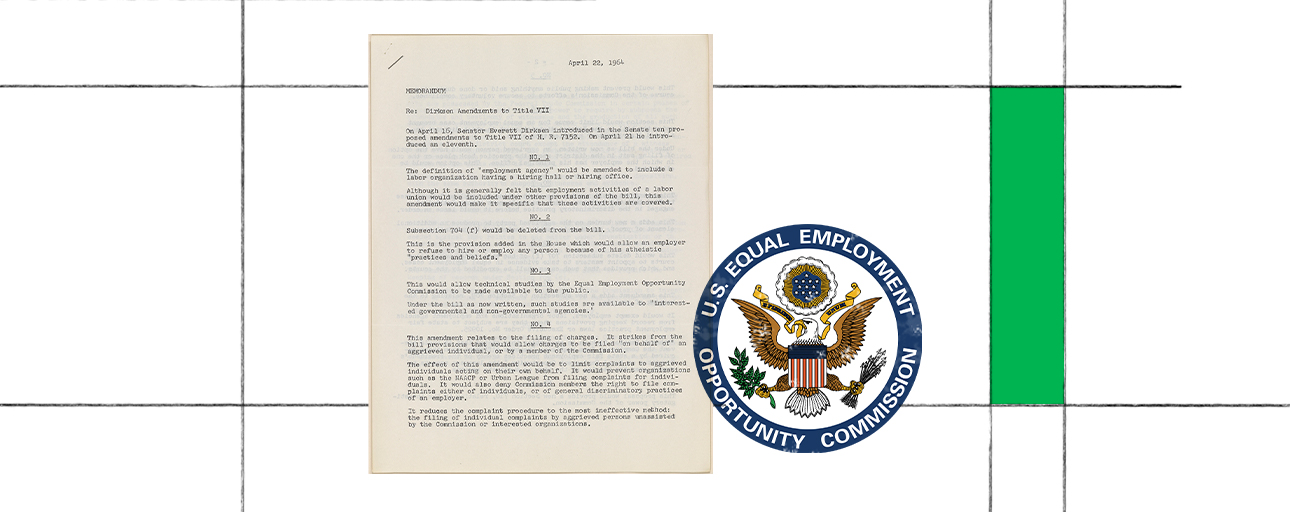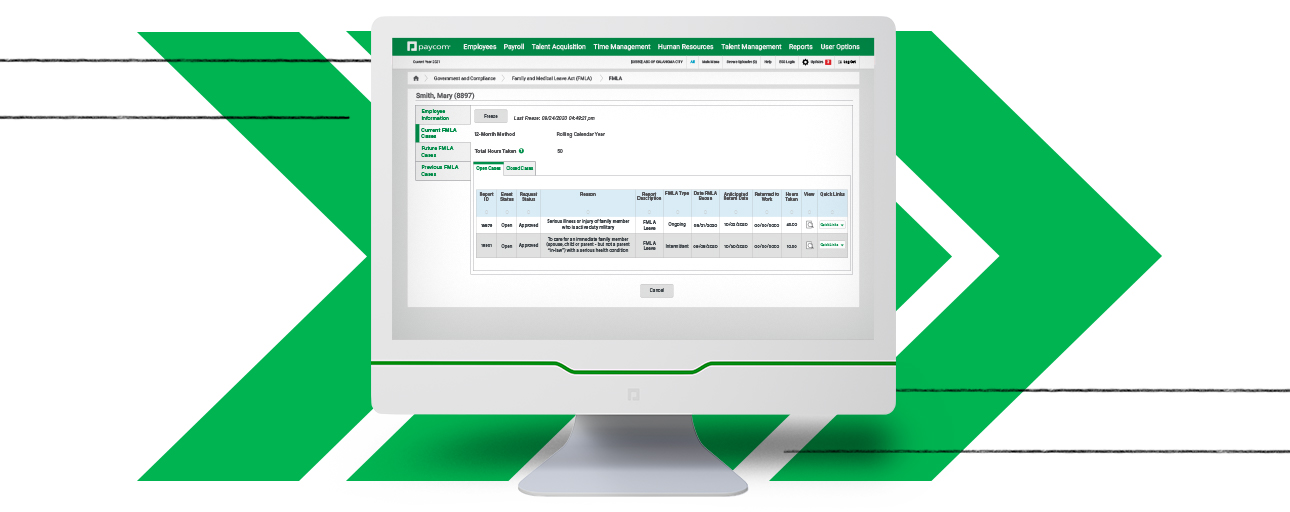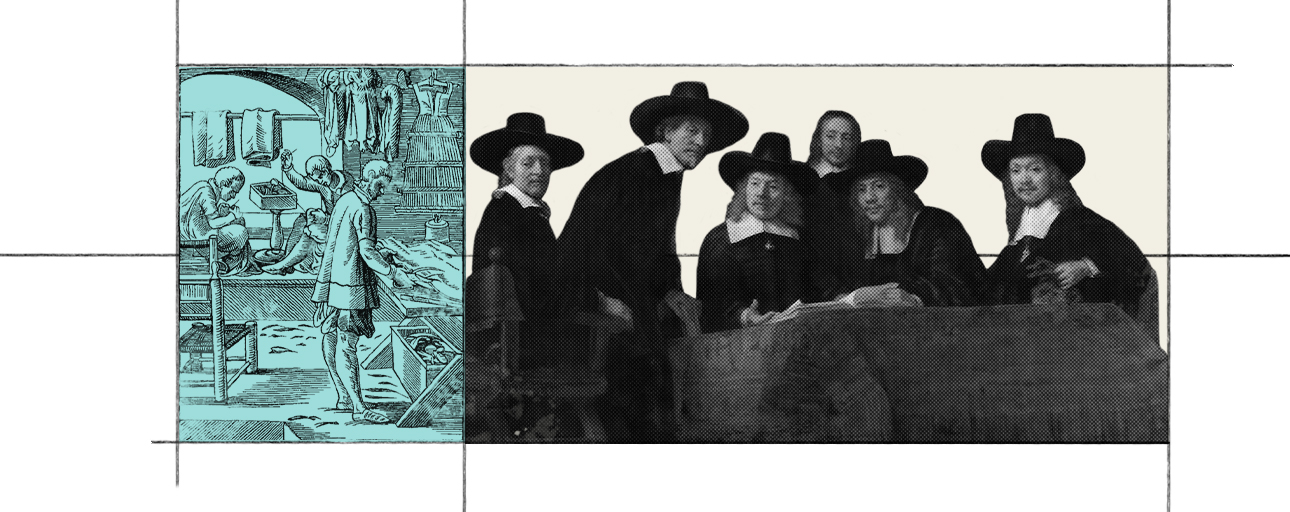To understand why compliance is so crucial to organizational survival, it helps to think about how we got here. After all, legal and regulatory requirements this complex and far-reaching didn’t materialize overnight.
Historical development
Businesses, or entities resembling businesses, have been in existence for centuries. But for much of that time, compliance was a matter of voluntary self-regulation. During the medieval and Renaissance eras, merchants and craftsmen belonged to formally organized groups known as guilds, which effectively governed themselves.
Fast forward to the latter half of the 19th century, American businesses entered a period of rapid expansion that highlighted unregulated issues. The few relevant laws that existed had not been enacted with massive industrial interests in mind and support grew for legislation to address these concerns.
For those in the turn-of-the-20th-century Progressive Movement, legislative intervention meant not only breaking up trusts and monopolies but also regulating dangerous practices. In 1906, Congress passed the Pure Food and Drugs Act, giving rise to the agency now known as the Food and Drug Administration. The act was at least partly spurred by the impact of Upton Sinclair’s book The Jungle, which exposed unsafe practices in the meat-packing industry.
The New Deal of the 1930s brought another push toward an expanded federal regulatory framework. Legislation like the Fair Labor Standards Act (FLSA) sought to protect workers, and as any HR professional who has dealt with overtime requirements knows, its underlying intent continues to guide our professional practices to this day.
Other compliance requirements that still affect American organizations came into existence in the second half of the 20th century. The Civil Rights Movement fueled the passage of landmark 1964 legislation that established the U.S. Equal Employment Opportunity Commission (EEOC), tasked with combatting and preventing workplace discrimination.
 The Occupational Safety and Health Administration (OSHA) was born a few years later to establish a standardized set of requirements for workplace safety. As a reminder of the general trend from internal regulation to federally mandated compliance, consider the fact that, at least in theory, a pre-1970s company could have already had effective safety guidelines and training programs in place. The purpose of OSHA, then, was to ensure the enforcement of uniform standards.
The Occupational Safety and Health Administration (OSHA) was born a few years later to establish a standardized set of requirements for workplace safety. As a reminder of the general trend from internal regulation to federally mandated compliance, consider the fact that, at least in theory, a pre-1970s company could have already had effective safety guidelines and training programs in place. The purpose of OSHA, then, was to ensure the enforcement of uniform standards.
Recent developments
How has the compliance landscape changed since then? For organizations in the early 2020s, a few key pieces of legislation exerted inescapable impacts.
The Affordable Care Act (ACA) has been around for more than a decade, but that doesn’t mean it’s the same piece of legislation now as it was when it was first passed. Its constitutionality has been subject to constant legal challenges, and its controversial individual mandate provision was legislatively repealed by the Tax Cuts and Jobs Act of 2017.
In 2020, sweeping legislative packages like the Families First Coronavirus Response Act (FFCRA); the Coronavirus Aid, Relief, and Economic Security (CARES) Act; and the American Rescue Plan Act (ARPA) of 2021 affected employers’ responsibilities under other key federal acts, including COBRA and the Family and Medical Leave Act.
In short, compliance remains not only a continuing concern but an ever-shifting target.
Fortunately, for the HR professional and C-suite executive of the digital era, there are solutions. By using software to automate administrative processes, companies can more easily achieve compliance. This helps minimize the possibility of costly fines and penalties for failing to meet key compliance requirements. For example, the right software can help automate tasks like ACA and COBRA administration, giving HR professionals newfound peace of mind.

Ready to see what this might look like for your organization? Simply schedule a demo and learn how the complexities of 21st-century compliance are matched by the convenience of 21st-century technology.
Disclaimer: The information provided herein does not constitute the provision of legal advice, tax advice, accounting services or professional consulting of any kind. The information provided herein should not be used as a substitute for consultation with professional legal, tax, accounting or other professional advisers. Before making any decision or taking any action, you should consult a professional adviser who has been provided with all pertinent facts relevant to your particular situation and for your particular state(s) of operation.
